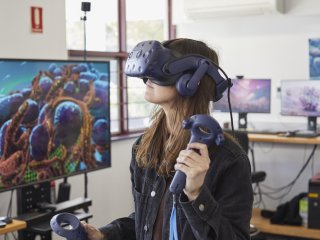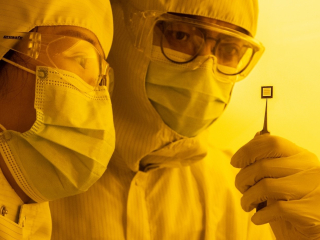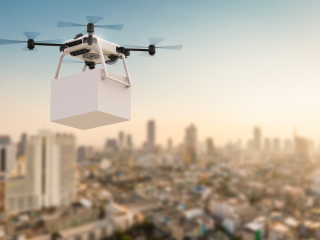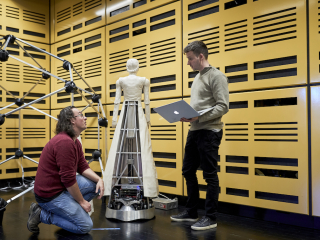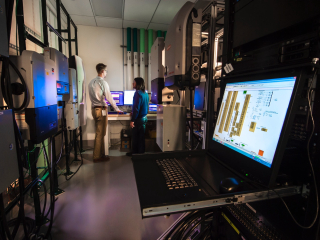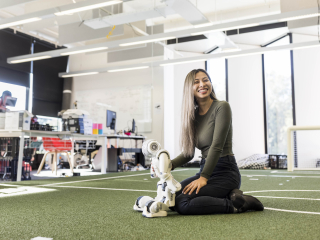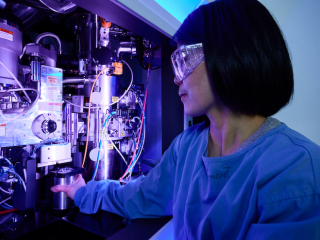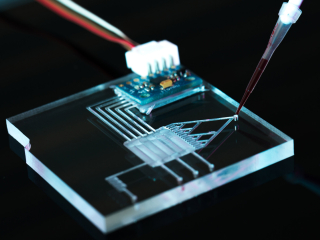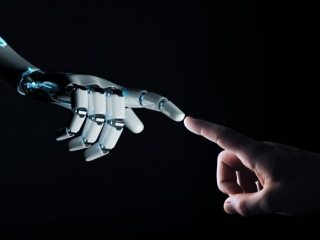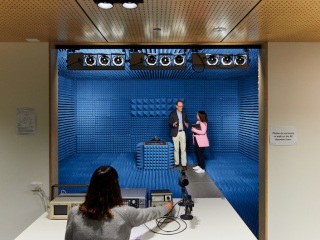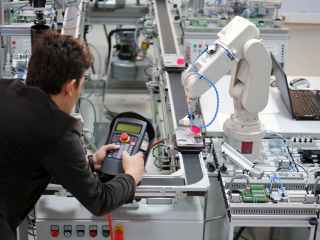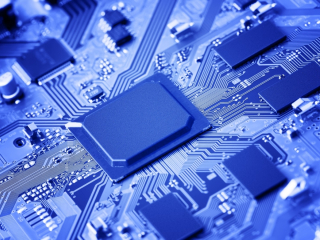- Artificial intelligence & machine learning
- Cybersecurity
- Internet of Things (IoT) analysis & applications
- Telecommunications
- Energy systems
- Quantum computing & sensing
- Nano/micro systems
- Data science & complex, networked information systems
- Humans & machine
- Signal processing
- Cyberspace law & policy
Didn’t find what you’re looking for? The above topics are examples of our expertise but not an exhaustive list. Get in touch to learn more about our capabilities and how they could further your business goals.
